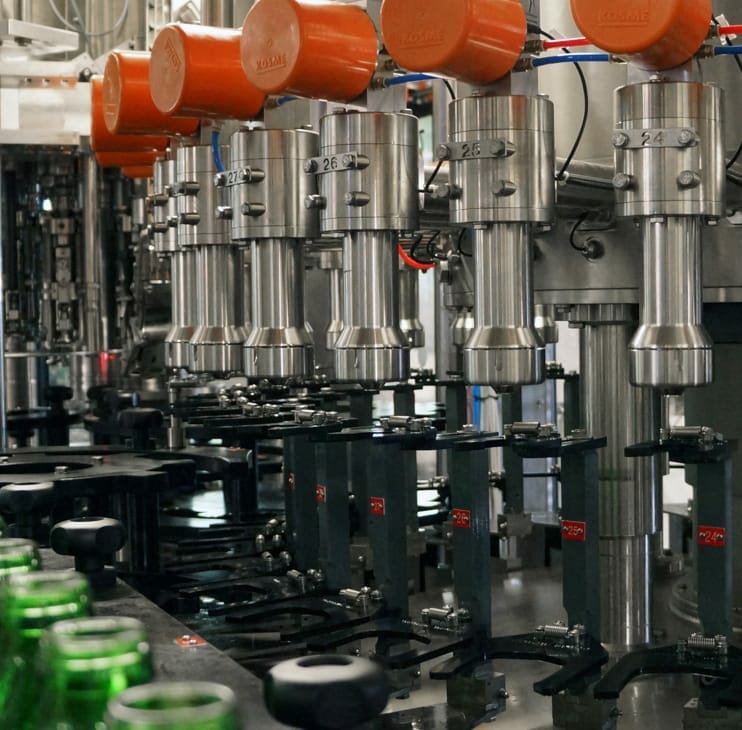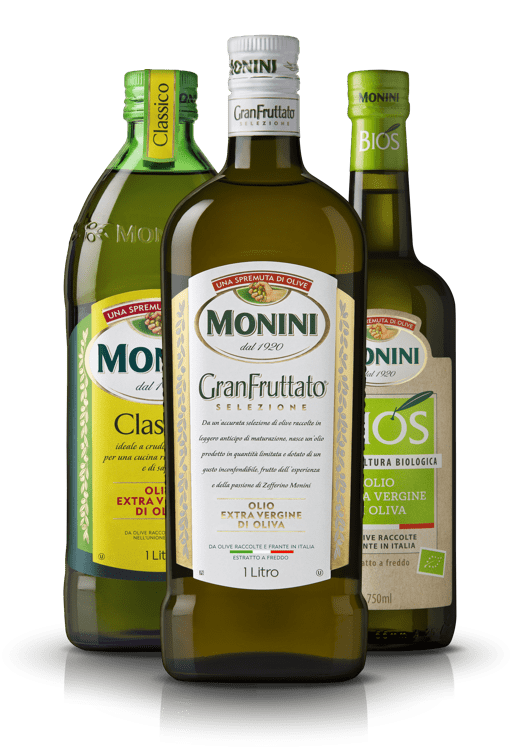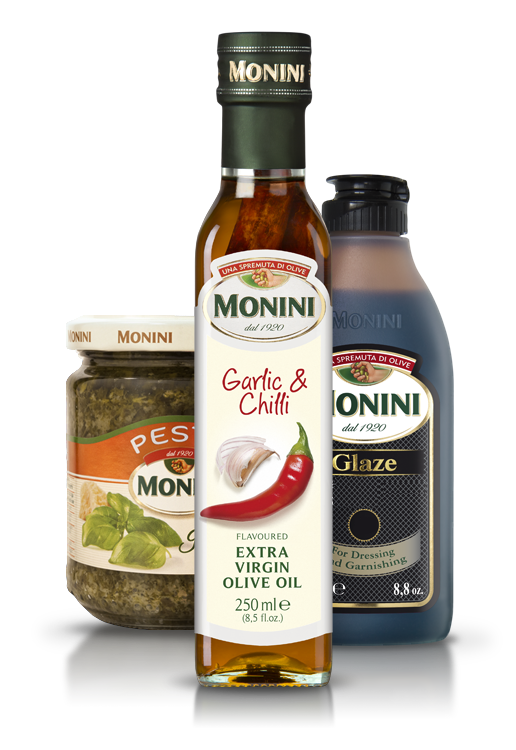Sustainability Plan 2030
• Our sustainability planTHE MANUFACTURING PROCESS
Nature gives us olives. Our expertise gives us top quality oil.
OIL SELECTION
Different olive cultivars (or varieties), production zones, degree of ripeness and fruit health produce very different oils.
Extraction technology (olive presses), time frames and storage methods also impact first on the olives and then on the oils.
So each single oil is one of a kind and Zefferino Monini’s task is selecting the best oils, those which are elegant, lively and flawless to taste. Only those getting top marks move on to the lab for subsequent quality and authenticity tests

QUALITY TESTING
We have 200 square meters of testing labs with avant-garde equipment of such sensitivity that they can detect even a single gram of contaminants in a million liters of oil.
Every year we perform approximately 18,000 tests and monitor products across their whole life cycle, checking around 80,000 parameters.
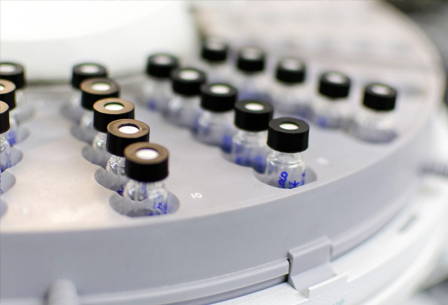
1/4 CHEMICAL TESTING
More than twenty different chemical tests allow us to monitor oil quality and its purity from pesticides, mineral oils, environmental contaminants and solvents.

A TREASURE TO BE SAFEGUARDED
RAW MATERIALS DELIVERY AND STORAGE
More than 1000 different lots of olive oil are delivered to the plant every year and it is only after the various checks have been completed that the oil is deposited in the storage tanks.
Oils with different sensory characteristics and origins are stored separately.
It is just before packaging that the various oils with their different aromas and flavours are combined according to recipes or blends decided by Zefferino Monini. This stage is for purposes of recreating the sensory profile and quality standards set down for each extra-virgin olive oil.
MOVING AND BLENDING
As any transfers or combining of oils from one tank to another are recorded, our IT system keeps track of the analytical values of each oil in each tank and updates them accordingly.
The 500 plus blends we make up every year are then analysed once again before packaging, and all their analytical values are compared with average theoretical values supplied by the IT system.
During the packaging phase a further 1500 tests per year are done to ensure all manufacturing phases from blending to filtering are performed correctly.
WAREHOUSE AND STORAGE TANKS
We have approximately 170 stainless steel storage tanks with capacities varying from 3 to 210 tonnes, whose use varies according to the type of oil stored in them.
Tanks are supplied with an inertisation system with nitrogen gas, which prevents oil coming into contact with oxygen, therefore maximising preservation. Level sensors measure the quantity of oil present in every tank and the exact available space. Some of the tanks used for our top products are temperature controlled to 12-18°C.
Computers in the various spaces of the tank rooms and testing labs monitor the quantity of oil in each tank and follow transfers from one tank to another during the blending phase, stage by stage.
Any oil transfers from one tank to another are recorded and an IT system linked to each tank records all the analytical parameters detected at the lab for each single tank.
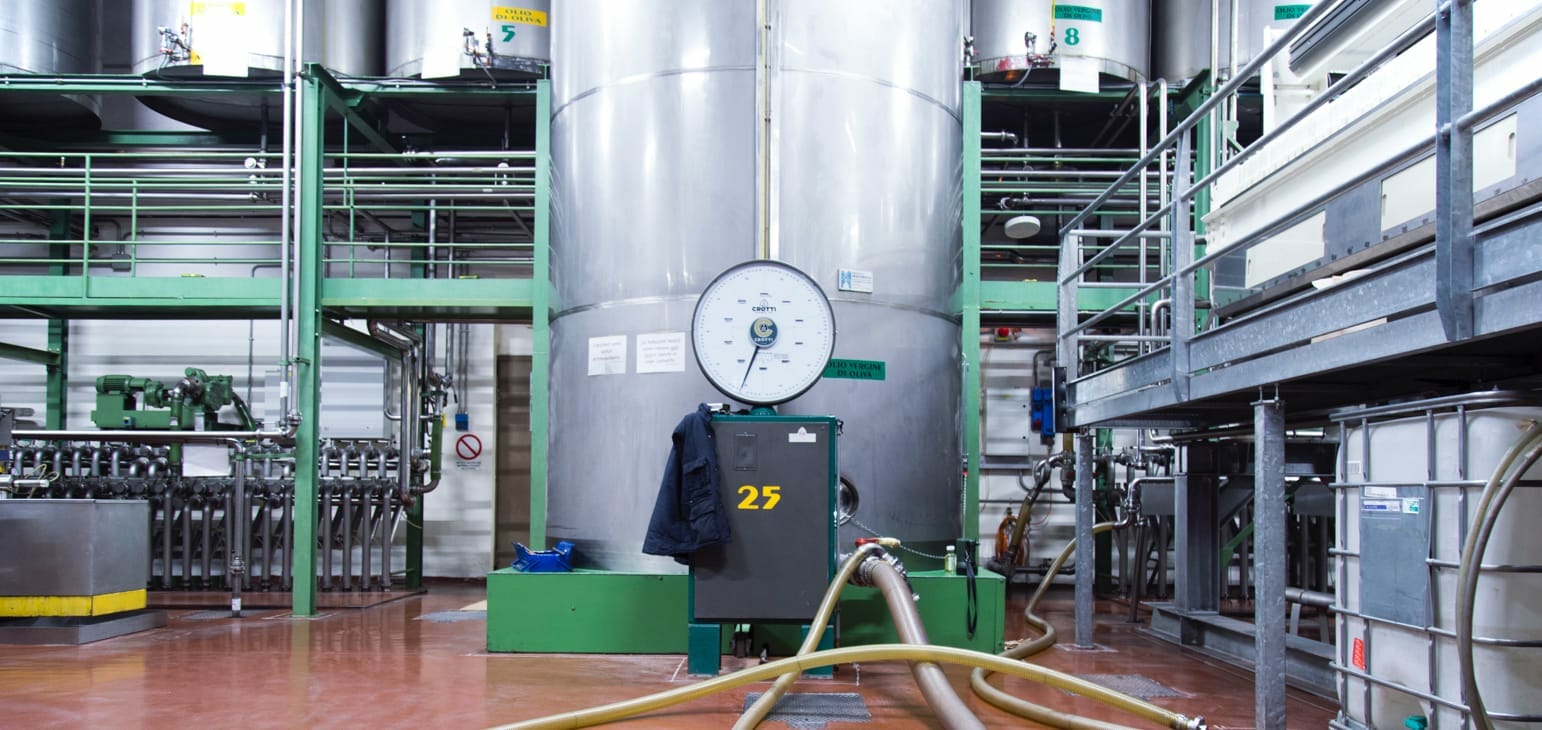
GUARANTEED FRESHNESS
Immediately before packaging all MONINI oils are filtered and clarified.
These processes in no way alter the nutritional properties and quality of the oil but improve product conservation significantly by eliminating solid particles and residual vegetable water droplets from the oil.
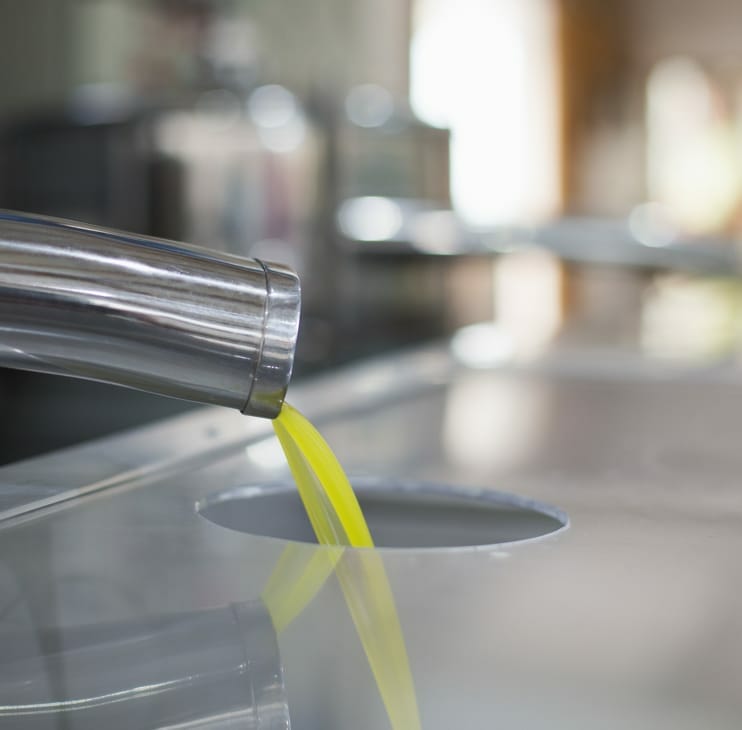
FILTERING
Oils are filtered with filter sheets complete with a layer of diatom (algae) flour on the surface, a natural, totally inert substance used for filtering wine, fruit juices and other drinks. After passing through this layer of flour, the oils have been filtered, meaning they are now free of any droplets of vegetable water and olive fragments, which together make them, look cloudy.
CLARIFYING
Immediately after the filtering process, the oil is subjected to clarifying. This is done with a filter which uses sheets of cellulose paper, simple absorbent paper a few millimetres thick.
After clarifying, the oil is translucent and water-free, ready for bottling and capable of conserving its sensory profile and precious antioxidant properties for longer.
THE BOTTLING PHASES
The Monini plant in Spoleto has ten packaging belts and every day an average of 100,000 liters of oil is bottled with peaks touching 280,000 liters when there are three work shifts.
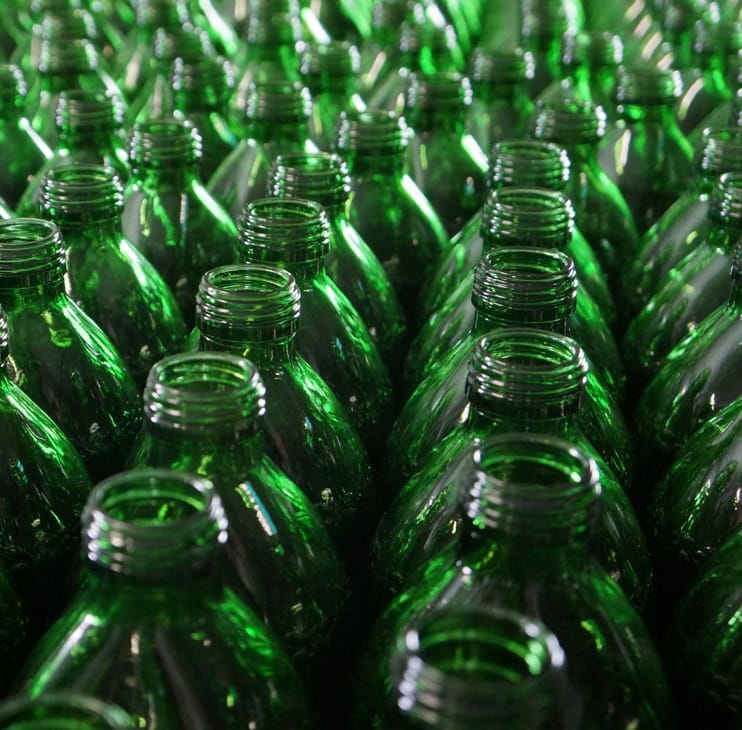
1/6 CONTAINER CHECKS
Clean, checked and protected. Even if they are new, all bottles are blown with compressed air and then electronically inspected. Those bottles showing defects such as bubbles, cracks and chips are discarded (recycled).
